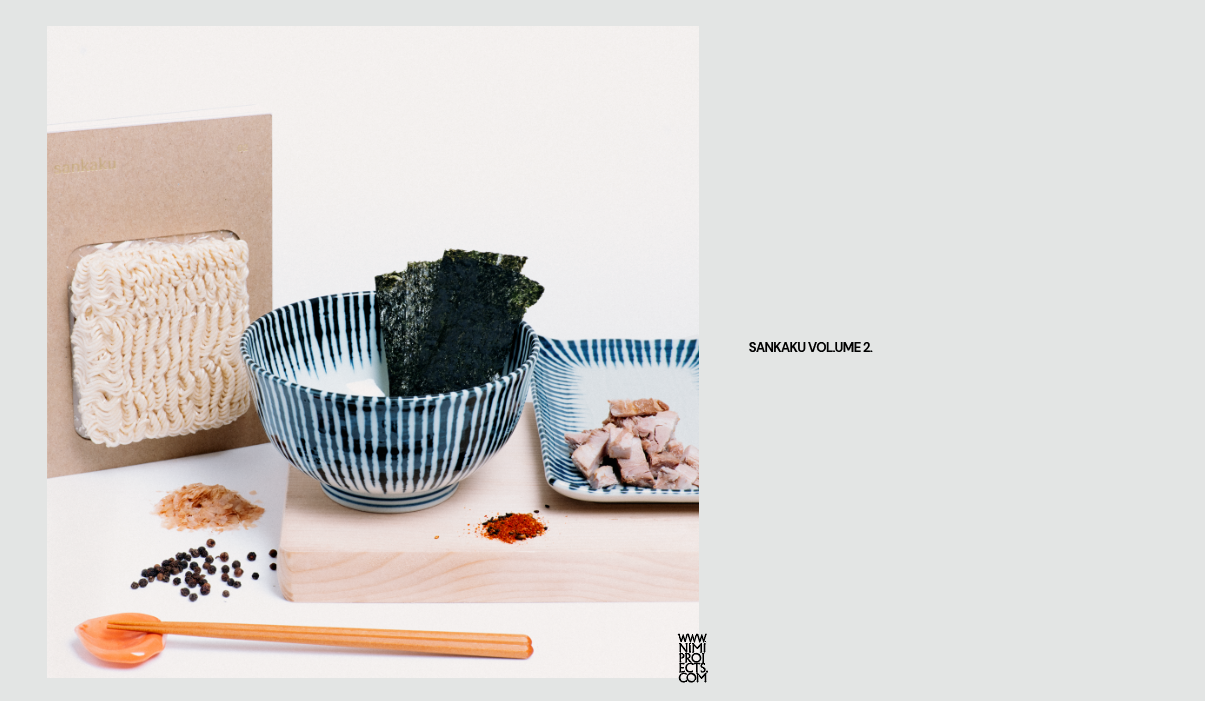
One of the most popular comfort dishes of Japan, ramen has a special place in our hearts. Not just because it is a tasty and filling noodle dish, but also because it brings back so many memories of night-life experiences in Japan. Open late, some even 24 hours, ramen shops were saviors after an exhausting day at work, great for a quick meal before heading out to party, and even better for late night snacks after living it up.
It’s such a staple of Japanese life, we took it for granted, but there’s plenty of history and variety behind the ramen. Here’s our list of interesting and fun facts.
If you’re hungry for more, also take a peek the new Sankaku Vol. 2, a fascinating book about ramen from our friends in Japan, along with our Mino-yaki noodle bowls and pieces in the Noodle Niceties collection to help you start serving dishes the Japanese way.
1. Ramen might not be as old as you think.
Though “ramen” is often cited as a name derived from the Chinese word for noodles “lamain,” the two dishes are in fact quite different. Lamain are pulled wheat noodles, where the dough is stretched into strands. Ramen noodles, on the other hand are rolled and cut and have an added ingredient, but more on that later.
Ramen also evolved in so many ways and in various regions in Japan that it had many styles and different names, including chuka soba (Chinese noodles). Noodles from China, however, were undoubtably the inspiration — and not just for ramen but all noodles. Rice noodles first appeared in Japan being as far back as the Nara Period (710-794). Wheat versions came later, around the Kamakura Period (1185-1333) and by the Edo Period (1603-1868), somen, udon and soba were popular dishes.
The first documented ramen-like dish, "Nanking soba," wasn’t until 1859 and was served in Japan’s early Chinese restaurants. It wasn’t until the early 20th century, with the development of Yokohama Chinatown, that ramen became a more common affair in Japan.
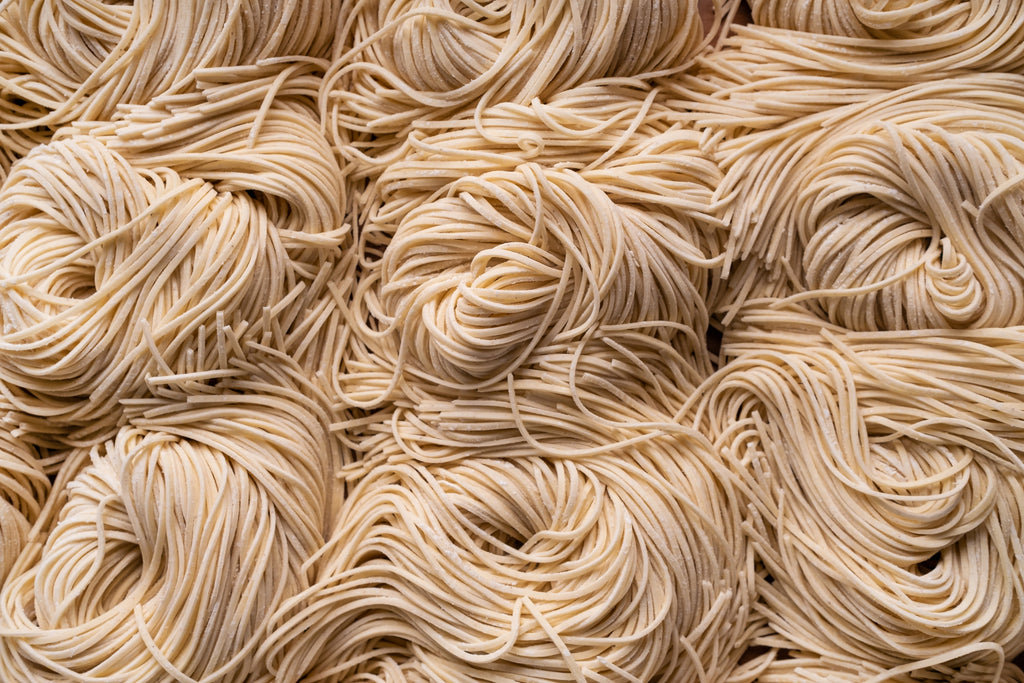
Image by Airbornecz, CC BY-SA 4.0 via Wikimedia Commons
2. Ramen noodles use the same ingredient as bagels, tortillas and pretzels.
That springy texture of ramen noodles isn’t a high flour to water ratio like that of udon. Ramen noodles have an extra ingredient — kansui, or lye water. It’s the same ingredient that gives those popular bread dishes (pretzels, bagels and tortillas) their chewiness. The alkaline kansui also changes the pigmentation of flavonoids in wheat, giving ramen noodles their yellow colour — it’s not egg or an additive.
What are the differences between ramen noodles and other Japanese noodles? Udon is made with wheat, water and salt, as are the ultra-thin somen noodles, though udon has a much higher flour to water ratio. Soba noodles are made with buckwheat and wheat, or buckwheat alone. Ramen and pan-fried yakisoba, which is essentially a thinner version of ramen noodles, are the only ones with kansui.
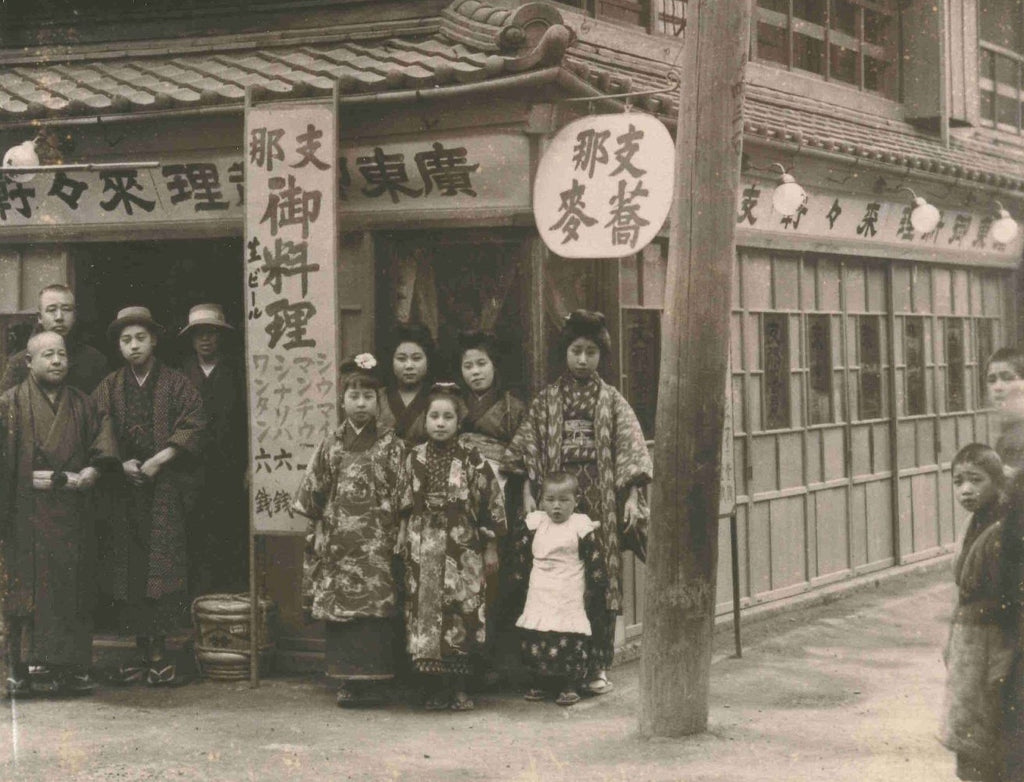
Image of Rairaiken, Japan's first ramen store, by 新横浜ラーメン博物館, Public domain, via Wikimedia Commons
3. Japan’s first ramen shop’s dishes were made by Chinese chefs.
Rairaiken, Japan’s first dedicated ramen shop was opened by a Japanese owner in 1910 in Asakusa, Tokyo. The cooks, though, were Cantonese and hired from Yokohama Chinatown. Recipes were adapted for the Japanese palate and were such a hit that at Rairaiken’s peak, it would dish out around 3,000 ramens on its busiest days.
World War II disrupted business until it reopened in Yaesu in 1954, moved to Kanda in 1956 and finally shuttered its doors in 1976. But that doesn’t mean you can’t try Rairaiken’s ramen today. In 2020, the Shin-Yokohama Ramen Museum built a replica of the original Rairaiken’s storefront, and visitors can still order the establishment’s signature soy-sauce based soup dish.
The recipe still stands — a soup base of chicken, pork and vegetables, springy wheat noodles, topped with chargrilled chashu pork and fermented bamboo menma. The museum’s fare sticks as faithfully as possible to Rairaiken’s original recipe, including rolling noodle dough with bamboo trunks, hand chargrilling pork, and painstakingly re-hydrating Taiwanese dried bamboo shoots for its menma.
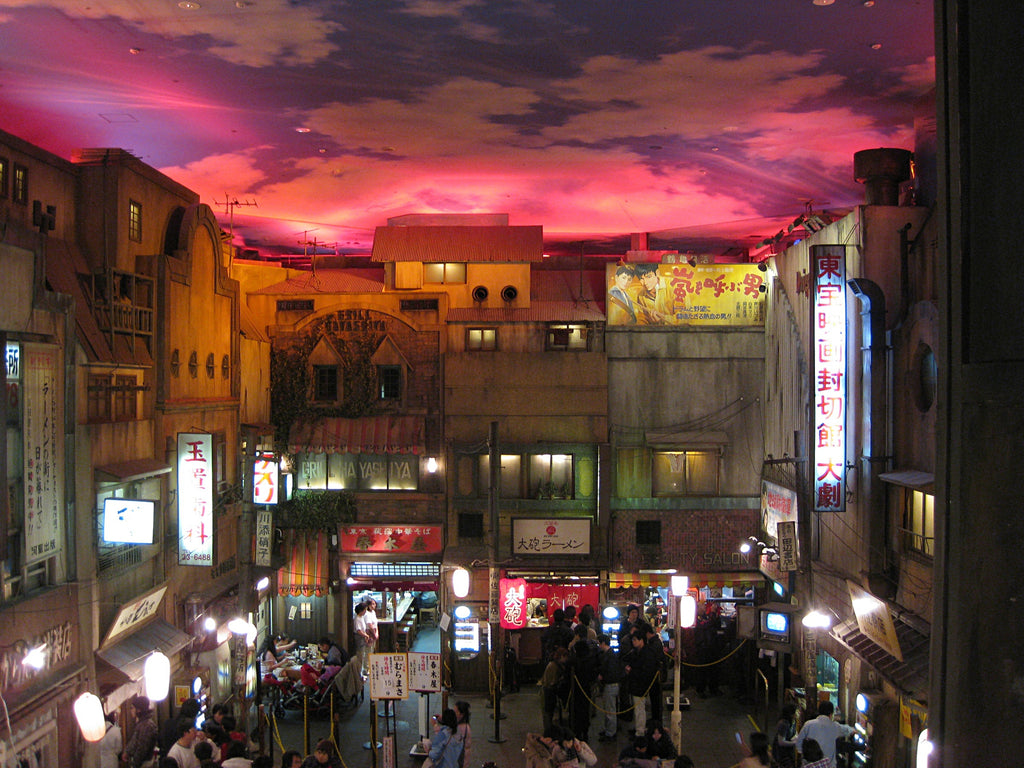
Image of the Shin-Yokohama Ramen Museum by Tokumeigakarinoaoshima, CC BY-SA 4.0 via Wikimedia Commons
4. Wait, there are ramen museums?
Yes, there are ramen museums! Two major ones.
The Shin-Yokohama Ramen Museum covers the history of noodles and pays homage to the Showa Era (1926-1989) development of the dish with 1950s and ‘60s decor and exhibits. It also offers a variety of ramens to try and noodle-making classes.
Then there’s the Cup Noodles Museum, also in Yokohama, which celebrates the birth of the instant ramen with exhibits related to Momofuku Ando, the founder of Nissin Food who spent a year developing the now ubiquitous dried noodle. Here, visitors can also flash-fry dry their own instant noodles, design cup noodle packaging and try other noodle dishes from around the world.
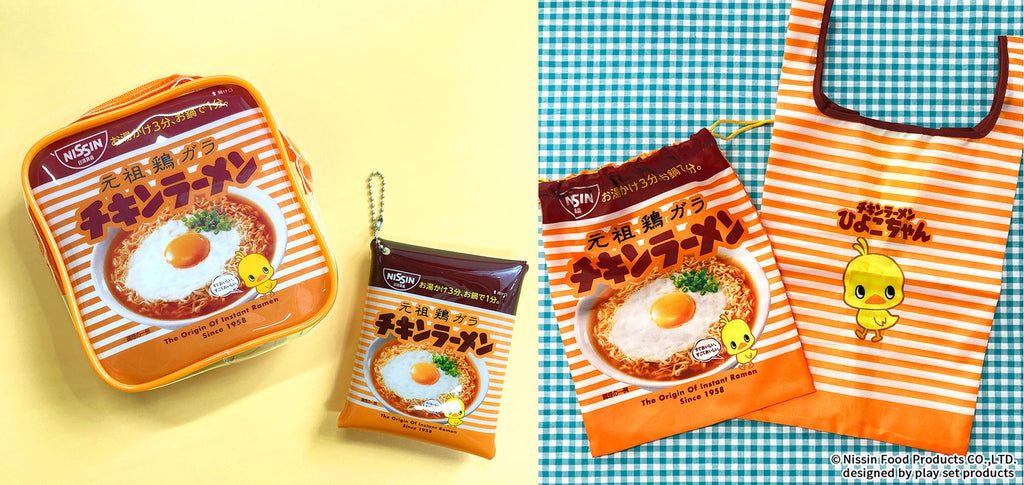
Chikin Ramen products desiged by play set products on sale at 390 Thank You Mart in Japan to celebrate the Nissin Chikin Ramen's 66th anniversary. ©Nissin Food Product Co. Ltd. via PR Times
5. The first instant ramen used to be a luxury item
Now virtually a staple of students and busy office workers, instant ramen was once more expensive than a bowl of udon or soba.
When Nissin Food founder Ando was hoping to alleviate a food shortage in Japan, his invention of the Nissin Chikin Ramen in 1958 ended up being expensive to produce. Sold at ¥35 — that’s six times that of a bowl of udon at the time — only the wealthier could actually afford it.
Today, Ando’s later invention, the Cup Noodle in 1971, is popular worldwide, but the original Chikin Ramen still exists and celebrates its 66th anniversary this month. Its original orange, brown and white striped packaging and 1991 cute chicken mascot, are so nostalgic and popular in Japan, they are still used to create collectors' merchandise. This month, to celebrate the anniversary, 390 Thank You Mart has released an entire collection of Chikin Ramen accessories.
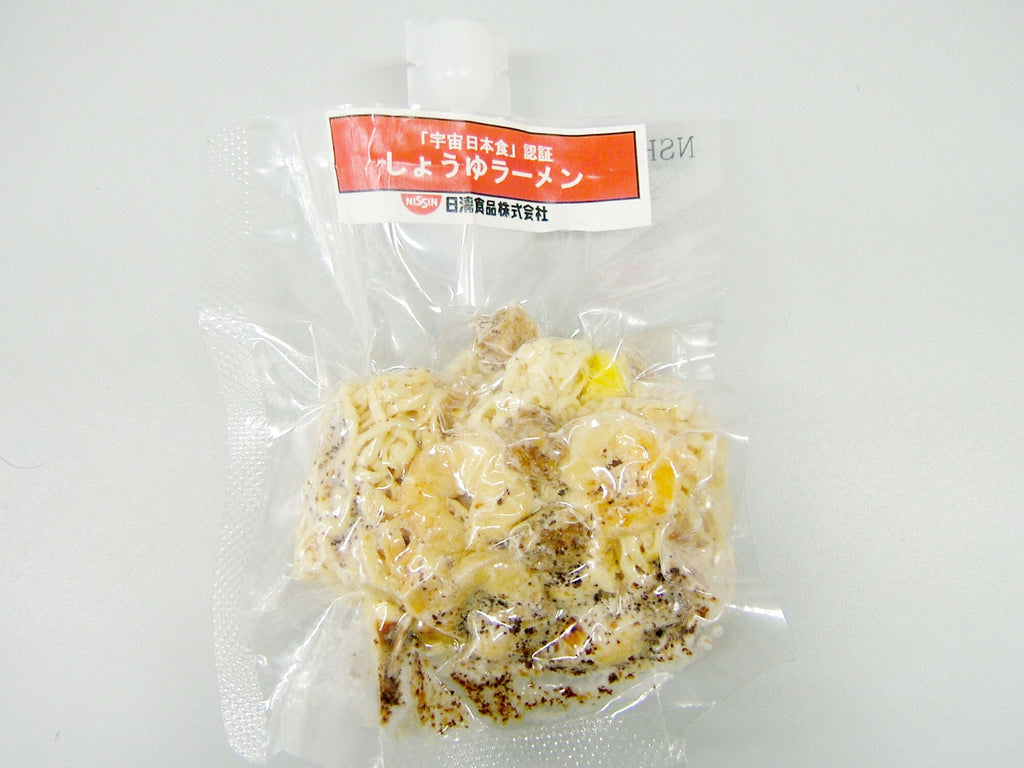
A Nissin Food Space Ram, soy-based ramen, designed to be eaten at zero gravity. Image by Tnk3a, CC BY-SA 3.0 via Wikimedia Commons
6. Ramen was launched into space history.
In 2005, astronaut Soichi Noguchi took Space Ram, an instant ramen, on his first flight aboard the space shuttle Discovery. He became famously known all over Japan as the first person to eat ramen in space.
Ando of Nissin Food, at the grand age of 95, worked with the National Space Development Agency (NASDA) to create a chicken ramen that could be hydrated and eaten at zero gravity. Flavour had to be adjusted, as did nutrition content, and special packaging developed to pass NASA’s rigorous screenings. A resounding success, Nissin Food and others have since developed a whole range of Japanese space foods, from ramen and hashed beef rice to mochi and milk candy.
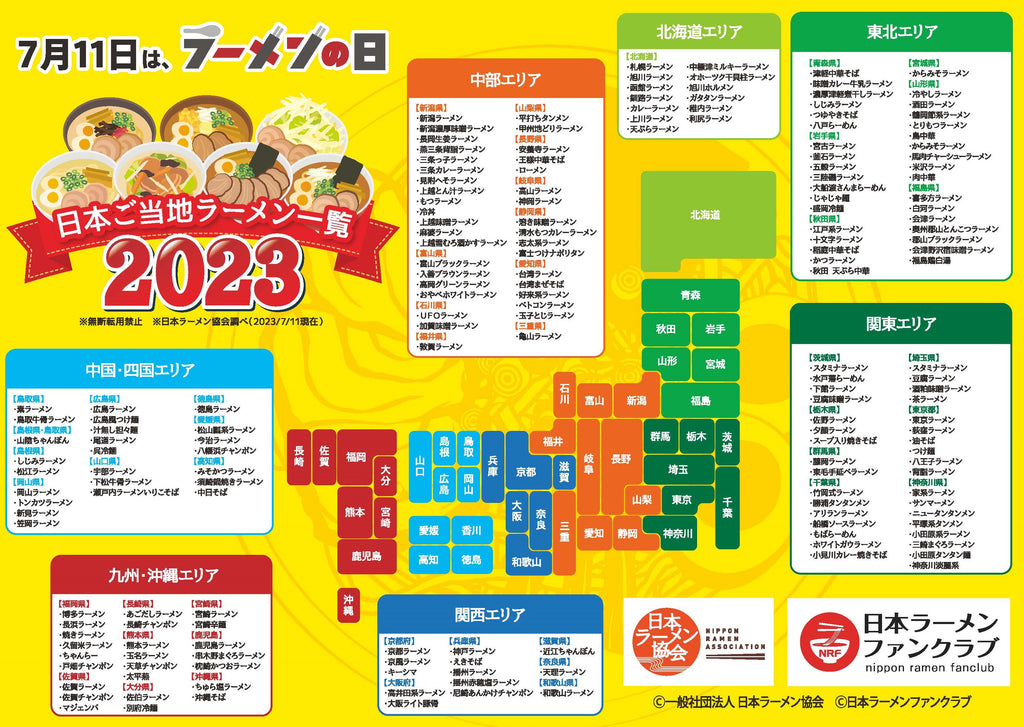
The Japan Ramen Association's list of 180 local specialty ramen, published on July 11, 2023. Image courtesy of the JRA via PR Times
7. There are at 180 local ramen specialties in Japan and always more on the way.
Every year, on July 11, Japan’s National Ramen Day, the Nippon Ramen Association’s guide updates a list of local specialty ramen. It’s the go-to list for ramen fans in Japan, many of whom try to eat their way through all the recommendations. In 2023, 180 ramens made the list. These are no ordinary dishes, each one has to fulfill at least two of the following criteria:
- It has won an award of achievement of recognition in its area
- It has distinct characteristics, features, and definitions.
- It has been made to the same recipe for at least 20 years.
- It is recognized outside its region, either with branches in other prefectures or in Tokyo at food events.
- It reflects the food culture and social background of its area.
- It is supported by local organizations.
- It is aided and recognized by the Japanese government and other public institutions
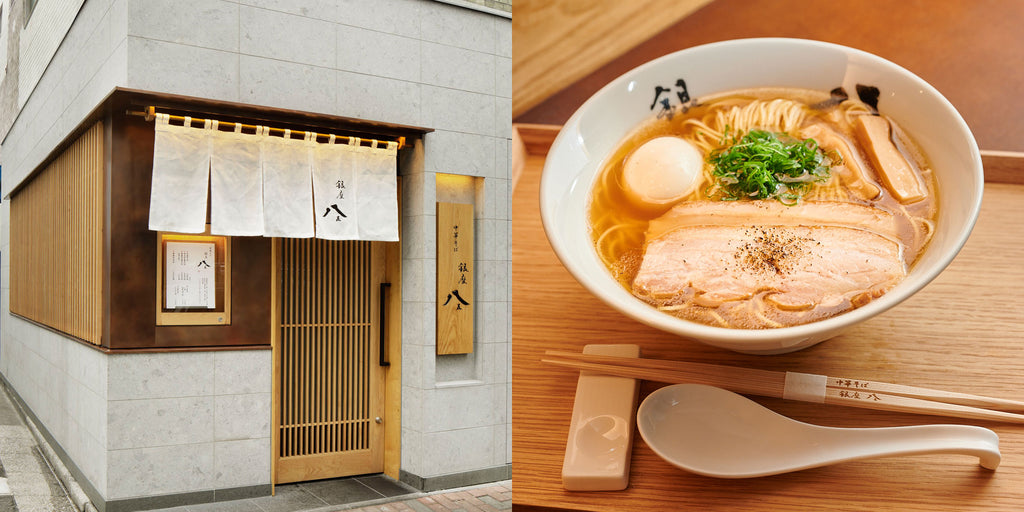
Ginza Hachigou ramen restaurant and its ramen, when it won a Michelin star in 2022-23. Image courtesy of Ginza Hachigou via PR Times.
8. Ramen restaurants have won Michelin stars, but were overlooked in 2024 — we don’t know why!
Last year, the Michelin Guide had three Japanese ramen restaurants with Michelin stars. This year, to the disappointment of many, all those stars were taken away. In fact, no ramen establishment in the world has a Michelin star right now. Nineteen ramen restaurants, however, were mentioned in the Bib Gourmand category, including the three former winners and three new additions. We doubt a Michelin star makes much, if any, difference to good food, so if you’re visiting Japan, all the former winners are in Tokyo and absolutely worth a visit.
Sosakumen Kobo Nakiryu in Toshima-ku won a star in 2017 for its Sichuan-inspired, spicy Tantan Men; Soba House Konjiki Hototogisu in Shinjuku won in 2019 with its famed clam broth; and Chukasoba Ginza Hachigou’s light soup, influenced French cuisine, claimed a star in 2022.
Let’s also not forget Tsuta, now based in Yoyogi Uehara, which was the first ramen restaurant to win a Michelin star in 2015 with clear, light but flavorsome pork-based broth.
9. One of Japan’s best and oddest cult movies is about ramen
Directed by Juzo Itami in 1985, “Tampopo,” often dubbed as Japan’s “ramen western,” combines comedy with truly quirky imagery to express not just a love of noodles, but also very sensual gourmet enjoyment. A hilariously Japanese tale of the search for the perfect noodle, involving satirical takes on all film genres, it’s hard to describe. Just go see it if you’re ramen obsessed. Not kids, though… it has the weirdest erotic food scene …
Younger generations are probably better off with the pretty much unknown 2008 rom-com “The Ramen Girl.” Despite depicting an American (Brittany Murphy) attempting to learn the ways of ramen in Japan, and a horrendous DVD cover, is not as bad as it sounds. It still offers some insight into how local ramen businesses are run and has a decent Japanese cast, including Toshiyuki Nishida.
We can’t mention films without a couple of documentaries, of which there are a few specifically about ramen. “Ramen Heads” (2017) features chef Osamu Tomita and his obsessive approach to create his noodle dishes, while “The God of Ramen” (2013) follows 13 years of the life of legendary chef Kazuo Yamagashi, the man who invented tsukemen, a ramen dish where the noodles are served separate and dipped in a stronger broth or soup.

Left: A ramen broth vending machine. Right: a frozen ramen vending machine. Syced, CC0 & Chacmool, CC BY-SA 4.0, via Wikimedia Commons
10. There are ramen vending machines in Japan!
Admittedly, these are frozen ramen or broth vending machines, not machines that dish out a hot bowl of soup and noodles in the middle of the street.
Designed for customers to take home a dish from a favorite establishment, ramen vending machines are relatively new and are becoming increasingly popular. With so many good ramen establishments in Japan, it’s not a meal that many make at home (instant noodles excluded). After all, a proper stock base takes hours, even days to perfect. Since the pandemic, though, decent home-cooked ramen became a desirable option and Japan's famous vending machines were a great solution that seems to have stuck.
